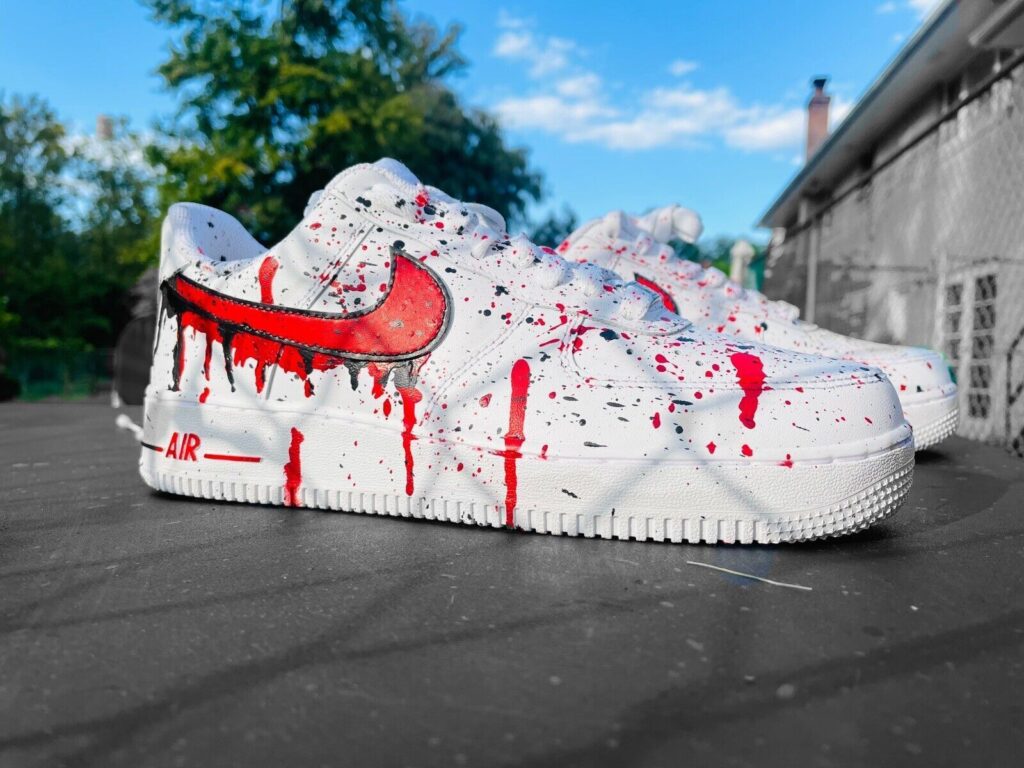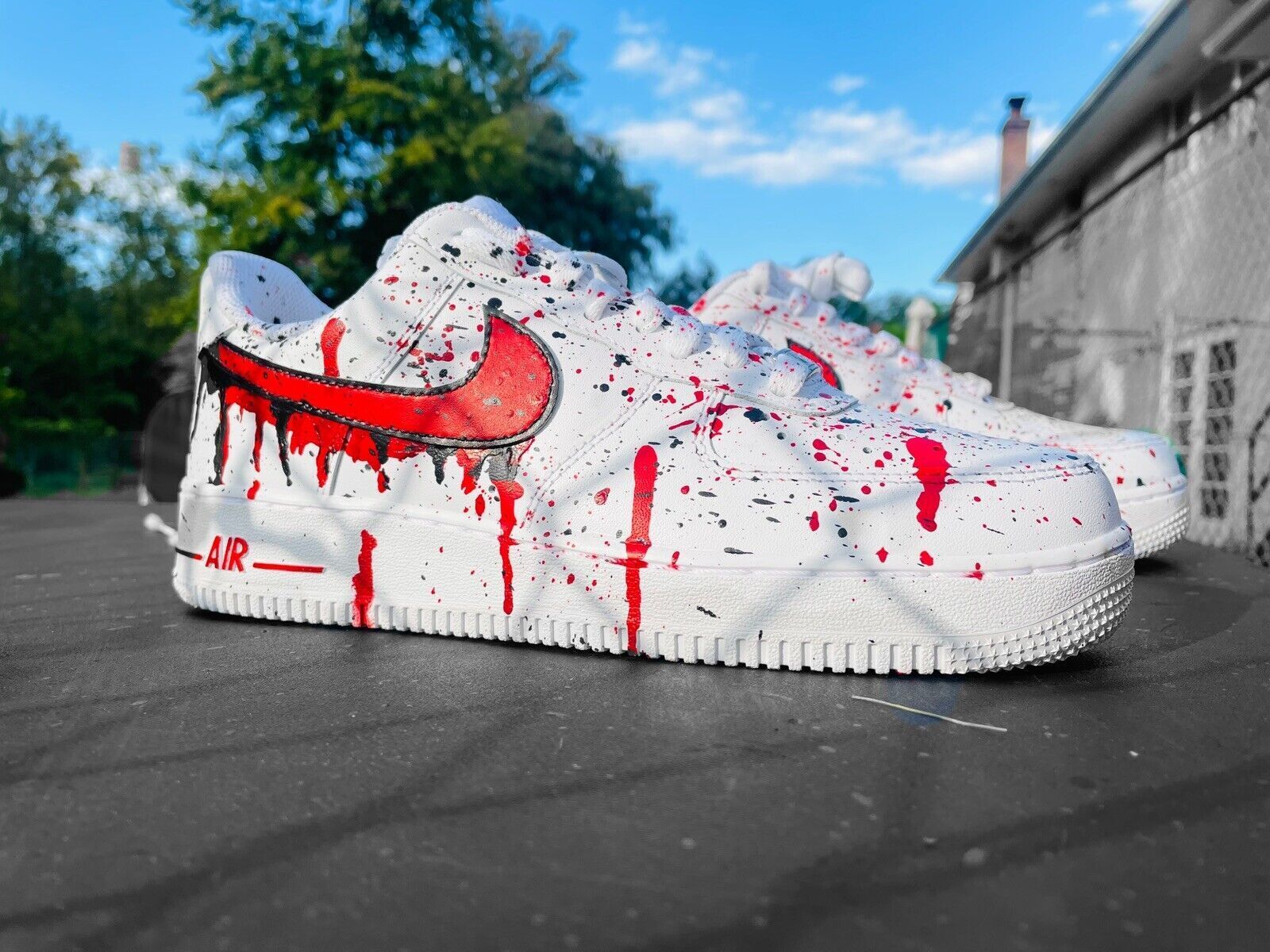
Nike Inc. recently experienced its largest one-day percentage drop in stock history, sparking widespread concern among investors and analysts. This decline, triggered by a pessimistic outlook from the company, has led to numerous downgrades and a re-evaluation of Nike’s future prospects. Let’s dive into what caused this significant drop, how analysts are reacting, and what it means for the future of Nike and its investors.
Background of Nike’s Recent Performance
Before this sharp decline, Nike was and still is however a dominant force in the athletic apparel market. Known for its innovative products and strong brand presence as , Nike consistently delivered robust financial results. However, in recent times, the company faced mounting challenges, including fluctuating consumer demand and global economic uncertainty.
The Catalyst for the Drop
The dramatic drop in Nike’s stock was primarily driven by the company’s pessimistic outlook. Nike’s management revealed that inflation and economic uncertainties were dampening consumer spending, especially on lifestyle products. This revelation led to multiple downgrades from firms like Stifel, Morgan Stanley, and UBS, which further fuelled the selloff.
Details of the Stock Drop
Nike shares plummeted 20% in a single trading session, marking the biggest one-day percentage decline on record. This stark drop stands in contrast to Nike’s previous performance, where the company often outperformed market expectations. The massive selloff not only shocked investors but also highlighted significant concerns about the company’s future.
Analysts’ Concerns
Analysts have raised several concerns about Nike’s current trajectory. Jim Duffy from Stifel noted that Nike’s reliance on new, unproven products amid shaky demand was straining investor confidence. UBS’s Jay Sole cut profit estimates for the next three fiscal years, indicating a lack of belief in a quick recovery for Nike’s earnings. There are also fears about potential leadership changes, further adding to the uncertainty.
Nike’s Strategic Response
In response to these challenges, Nike is ramping up its efforts to innovate and bring new products to market more quickly. The company has introduced initiatives like Speed Lane and the Bowerman Footwear Lab to accelerate product development and testing. These efforts aim to counteract the current reluctance of inflation-battered consumers and regain investor trust.
Financial Projections and Adjustments
Nike’s financial projections have been adjusted downward. Analysts now expect a multiyear reset before the company can return to healthy growth rates. This cautious outlook reflects the significant hurdles Nike must overcome, including developing successful new products and navigating a challenging economic environment.
Sector-Wide Implications
Nike’s struggles are not isolated. The broader apparel markets is are also facing similar challenges. Companies like Levi Strauss and Lululemon are experiencing shifts in consumer preferences and economic pressures, which have impacted their performance as well. Nike’s situation underscores a broader trend of uncertainty in the sector.
Consumer Sentiment and Market Trends
Consumer sentiment plays a crucial role in Nike’s performance. Currently, there is a notable shift from lifestyle products to performance products. Nike’s lifestyle segment, which had been a significant revenue driver, has seen declines, impacting overall digital sales. Understanding these trends is vital for predicting Nike’s future success.
Global Market Challenges
Nike is also grappling with global market challenges. Foreign exchange fluctuations and macroeconomic headwinds in key markets like China have further complicated the company’s outlook. These factors have forced Nike to lower its guidance for fiscal year 2025, highlighting the global scale of its challenges.
Nike’s Long-Term Strategy
Despite these difficulties, Nike is focused on a long-term strategy to balance its wholesale and direct-to-consumer channels, invest in brand marketing, and drive innovation. The company aims to double the business contribution from new products by the end of fiscal 2025. These strategic goals are designed to position Nike for future success, even though the short-term outlook remains uncertain.
Investment Outlook
For investors, the outlook on Nike is mixed. While some analysts believe in Nike’s potential for a turnaround, others are more cautious. The consensus is that Nike will need time to recover and regain investor confidence. In the short term, the stock may remain volatile, but the company’s long-term prospects still hold promise if it can successfully execute its strategic plans.


